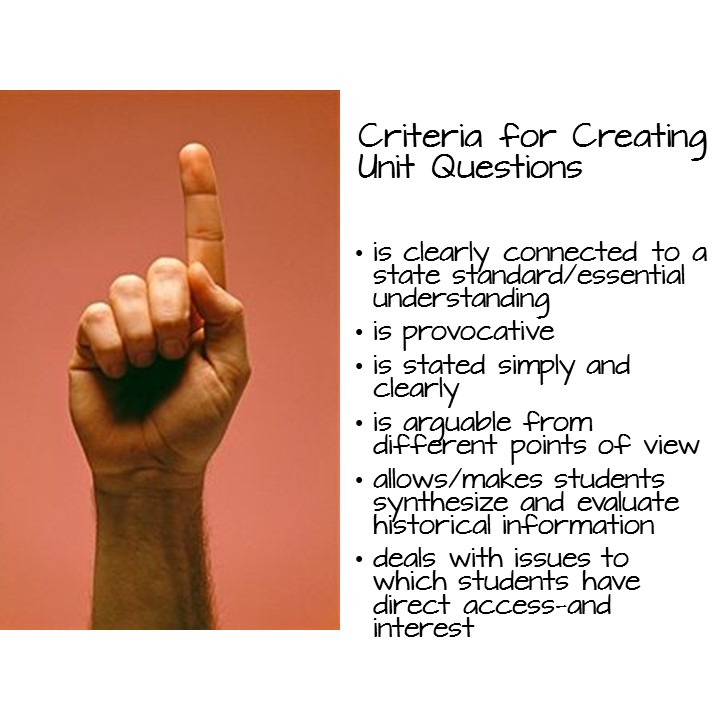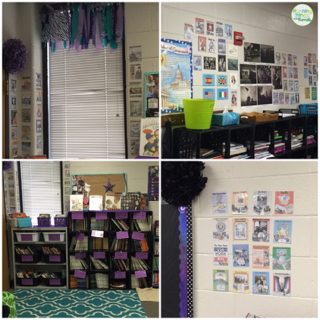Have you wanted to try stations, but are unsure where to start? Have you used stations with your students, but were unsuccessful? I remember my first year teaching. My principal told me to use stations… that was all the information I was given – use stations (not very helpful). After several years of trial and error, I finally figured out what makes stations work, and how you can use different types of stations in your classroom.
The first place you have to start is with questions about content – What is your history standard? What are you try to teach? What do you need your students to learn? Not all content will work in stations, you need a topic that has breadth but does not need to be taught in chronological order (that is why events leading to… don’t work for stations – students can’t see the cause and effect). Great topics for stations include geographic regions – like Australia or Russia for example, or a topic that can be examined from many different points of view – like the American Revolution and its impact on different groups of people. I have also created stations on Westward Expansion and Cotton, Cattle, and Railroads – so you can see centers work for a variety of topics.

Then think about the specific content for each station. How will your students be learning the content? Will there be a reading? Video clip? Once your students learn the content, how will they prove to you they have learned it? Will you have questions, will they need to complete a task? How are you tying all of the content together? In my experience, I love using lap books to tie content together. Students complete a section of their lap book in a station, then an activity to process the information. Activity ideas can include a color-by-number, sensory figure, or journal entry. When your students are finished, they have a completed lap book and a variety of learning activities that all tie to your content.

The next set of questions you need to ask yourself is about time. How much time can you dedicate to these standards? How much time will each student need to complete a station? How much time will it take for students to transition between stations? Are the students moving or are the stations moving? I have always found that station activities need to be short and sweet – make the content concise and then their activity something that can be completed in 10-20 minutes. Variety is the spice of life… so you will want a variety of activities in your stations as well. You also don’t want stations to last for more than a few days. Students will get bored and off task. Your station activities also don’t need to be the same length. If students are provided choice, you can have different activities taking a different amount of time, that way some students will be moving as they complete a station, but some will be staying put. Have extra stations for students to move to to ensure they are always on task.
Next you need to think through student management. Are students being assigned a certain station to start or do they have choice? Are there a certain number of stations students need to complete, or just a percentage? How are you going to keep track of what stations students have completed? What are your plans for when students get off task? The best answer I have found for student management is the use of a checklist. You can require your students to check in with you after they complete each station. Then you can quickly see who is not progressing at the same rate as everyone else. Those students can be pulled into a small group for specific remediation. You can grab a free checklist here.
Student management also includes the management of classroom resources. Set up your stations in advance, put everything (if you can) in a folder or large envelope so you can quickly pick up or pass out the station. If your stations require colored pencils or other resources, put them in the envelope or folder so everything is together. Color code your envelopes or folders so students can quickly see if they have completed the station. Type up directions for the station and place them on the outside of the folder or envelope so you do not have to repeat your directions every single time students move and start a new station.
The final step includes modeling. You will need to model how you want everything done in your classroom. What are the students using to take notes? Model how to take the notes. What are the students reading? Model where to find the reading? What do they need to do when they are finished with the activity? Model how to turn the resource into you. The more modeling you do at the beginning will yield better results during the lesson.
Let me know how it goes!






